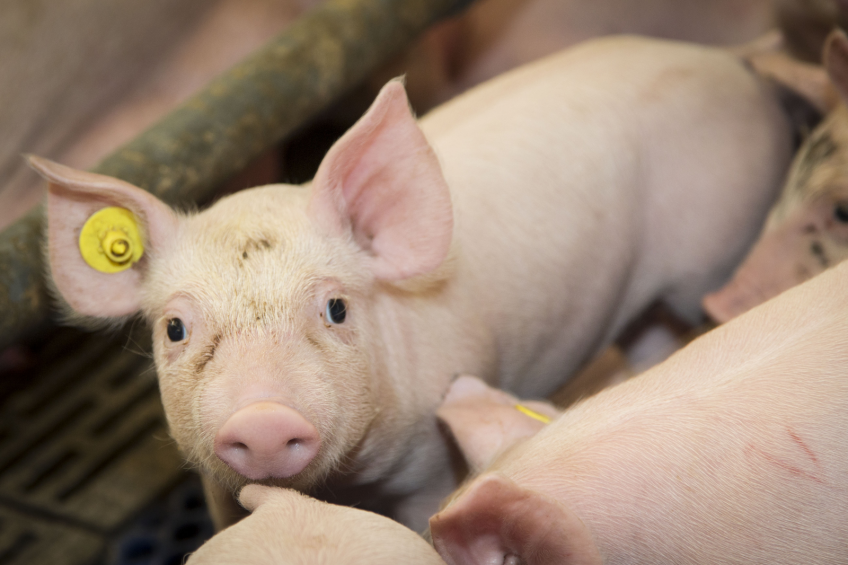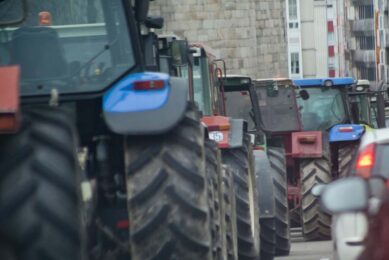Study: 52% antibiotic reduction in pig production

Belgian pig farms that participated in a large-scale study to curb antibiotic usage, have been able to reduce usage by on average 52% from farrow-to-finish.
This outcome was presented today at the Faculty of Veterinary Science of Ghent University, Belgium. The study was coordinated by veterinarian Merel Postma, who received her PhD with a thesis titled ‘Antimicrobial usage in pig production; check, improve and reduce in Belgium and the EU’.
In a press release by the university, it was explained that Postma made a comparative study between 227 pig farms in Belgium, Germany, France and Sweden, and concluded that Belgium, after Germany, was the 2nd-biggest user. Belgium was followed closely by France; Sweden followed at a large distance.
Coaching pig producers
The Belgian Center of Expertise on Antimicrobial Consumption and Resistance (Amcra), therefore took different initiatives to reduce antibiotics usage in the country. To stimulate this even further, and to coach pig producers, the project ‘Red AB’ was started with financial support from various agricultural organisations.
Within this project, antibiotics usage was measured on 61 pig farms in Flanders, the Dutch-speaking part of Belgium. Their biosecurity status, general management and health status was taken into account. Using these figures, together with a coordinating veterinarian and other advisors, a farm-specific plan was set up.
Also interesting: Home is where the hygiene is
Nutrition, genetics, equipment… Many improvements have been made to maximise efficiency in pig production, but what about redefining a whole new approach to pig farming with hygiene as the primary focus. MS Schippers have done just that.
Reduced and responsible use of antibiotics
The interventions focused on a reduced and responsible use of antibiotics, while switching from preventative to curative usage and using as few critically important antibiotics. In addition, there was an active emphasis on improving biosecurity status, the vaccination scheme and farm management.
On average, the farms received advice for a timeframe of roughly 8 months. In this period, a clear increase of biosecurity was noted and similarly, there was a significant reduction in the usage of antibiotics from farrow to slaughter of 52%. In addition, there was a 32% reduction in sows. This all came in combination with a significant reduction of the usage of critically important antibiotics of over 80% and an improvement of the technical results, like e.g. an improvement of the number of weaned piglets per sow per year (+1.1), a higher daily growth (+7.7 g/d) and a reduced mortality during finishing (-0.6%).
Cooperation between all parties involved
A large part of the success of these interventions was related to the cooperation between all parties involved which was facilitated by a neutral coach who assisted the pig producer, the vet and advisor to go through a process of change.
The research’s conclusion is that optimising farm management as well as improvement of biosecurity status can lead to healthier animals as well as a reduced risk of introducing disease, which in turn leads to a drastic reduction in usage of antibiotics. In addition, these results show clearly that much more improvement is possible without negatively affecting animal health as well as technical production results.
For pig producers, vets and advisors, as well as the pig industry and authorities, there is an important task to break with existing routines and work together as a team to optimise farm management, to come to a restrictive antibiotics policy.
Join 18,000+ subscribers
Subscribe to our newsletter to stay updated about all the need-to-know content in the pigsector, three times a week. Beheer
Beheer










 WP Admin
WP Admin  Bewerk bericht
Bewerk bericht